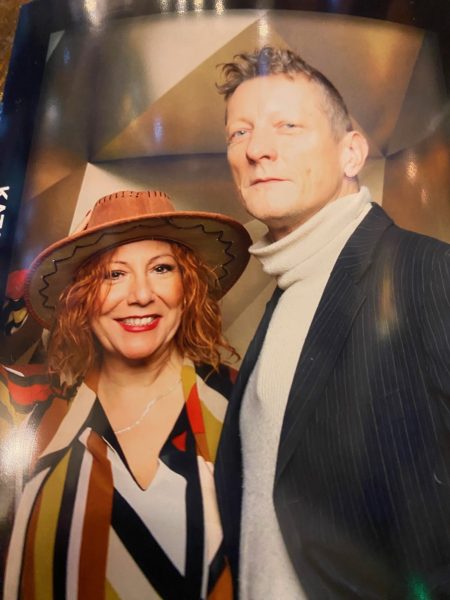
New York, New York: If You Can Make It Here, You Can Make It Anywhere
The City That Never Sleeps.
New York is the ultimate bucket list destination. There’s no doubt about it.
Contributed by Jens Hoffmann
A visit to NY is something every traveler should experience. Sure, you’ve got to pay for tickets to get into each museum and take the elevator up the Empire State Building—that’s nothing new.
But New York has a way of making it all worth it.
Put on Alicia Keys’ New York on your Airpods, and let the adventure begin. Manhattan is simply cool.
Pomp and Luxury: The Waldorf Astoria
The Waldorf Astoria is one of New York’s most iconic hotels. It just reopened after an impressive two-billion-dollar renovation. That’s a lot of money, but you can see it in the details.
When you first walk in, you’re hit with a fresh citrus scent. Not everyone is a fan of room fragrances, but this one is so subtle, even purists won’t mind it. The eight-year-long renovation has transformed the hotel into something truly special.
Once the tallest hotel in the world with its 47 floors, the Waldorf Astoria has hosted countless celebrities and dignitaries over the years, from Queen Elizabeth II to the Dalai Lama.
Now, there are only 375 rooms—down from 1,400—but they’re much larger and more luxurious. On the upper floors, 372 private residences have been created. Even the legendary ballrooms, like Astor and Basildon, have been beautifully restored.
Pricey Sleep: A Room for $1,500 a Night
You won’t find a room here for less than $1,500 a night. But with that price tag comes a sense of exclusivity you just can’t get anywhere else.
From the moment you enter through one of the two grand marble staircases, you’re greeted by the hotel’s iconic centerpiece: a nearly three-meter-high clock from 1893. Created for the Chicago World’s Fair as a gift from Queen Victoria, the clock is adorned with portraits of six U.S. presidents and topped with a miniature Statue of Liberty.
This clock once stood at the original Waldorf Hotel, built by the Astor family and demolished in 1929 to make way for the Empire State Building. Since 1931, it’s had a place of honor in the Waldorf Astoria.
Cocktails and Legends
If you’re feeling fancy, head to the Peacock Alley Bar. The legendary Waldorf Cocktail—featuring absinthe—will set you back $38. The dish named after the hotel is a decent but unremarkable salad, reminiscent of something you’d find in a local diner.
But the real treat? The Steinway piano once owned by Cole Porter, who lived here for over 30 years. Guests are encouraged to play it—gently, of course.
Art Deco Elegance and Modern Luxury
Pierre-Yves Rochon and the architectural firm Skidmore, Owings & Merrill (SOM) maintained the Art Deco touches, including wall murals, during the renovation. Wherever possible, they preserved the originals. The hotel is still owned by a Chinese insurance group (Dajia) and managed by Hilton, though the spirit of old-world glamour remains intact.
Recently, the grand ballrooms have been reopened to the public. These spaces have hosted everything from the Met Gala to lavish parties thrown by the Hilton family. If you’re lucky, you might even get to stroll through the Silver Corridor, which looks like something straight out of a Disney fairytale, with crystal chandeliers and sky-blue ceilings dotted with cherubs.
New York’s Glamour Reimagined
The Waldorf Astoria stands as a symbol of New York’s enduring glamour. However, the renovation didn’t create the same stir as the revamping of the Algonquin Hotel, where literary icons like Dorothy Parker once gathered. The Algonquin’s makeover sparked outrage from some critics, who found the new design too cold and corporate.
But at the Waldorf Astoria, the old-world luxury remains, even if it now comes with a modern twist. While the hotel’s aura of exclusivity still reigns, the rise of influencers has slightly changed the vibe. You’ll spot wealthy tourists in casual attire, snapping selfies with their giant sunglasses, or dressed in sweatpants that give off a Harlequin vibe. The mix of old money and new influencers makes the Waldorf feel less like a timeless icon and more like a fashionable, ever-evolving destination.

The Scent of Luxury
A signature fragrance has been created specifically for the hotel: 301 Park Avenue. Developed by Fueguia 1833, it evokes the smell of the hotel’s legendary location and is a little like Emily in Paris but in the Big Apple.
So, while the scent may fade, the luxury of the Waldorf Astoria is here to stay.


